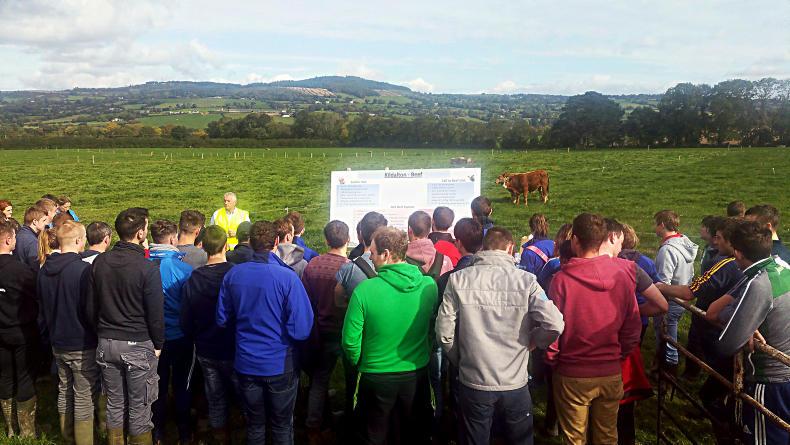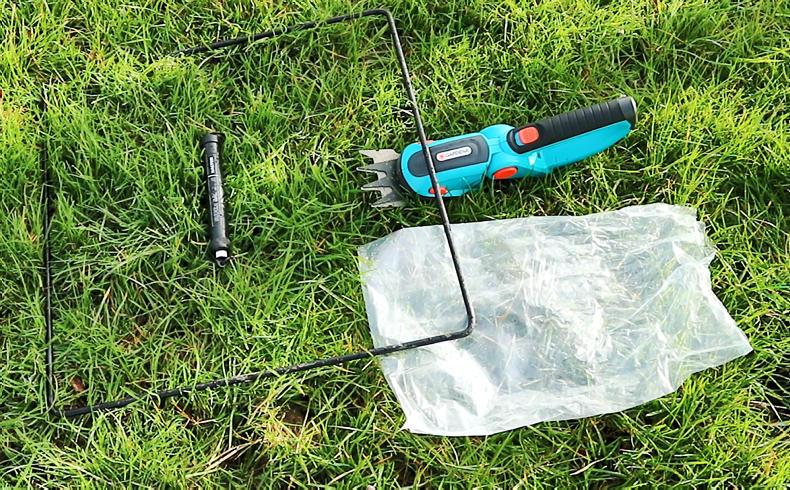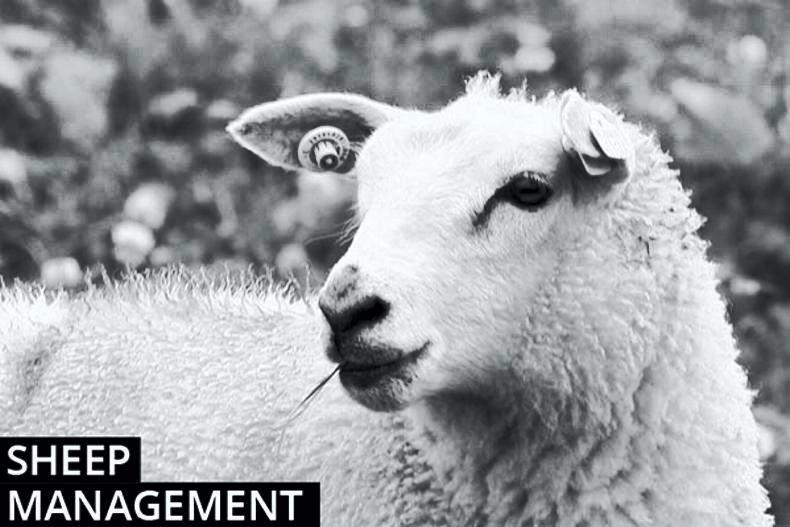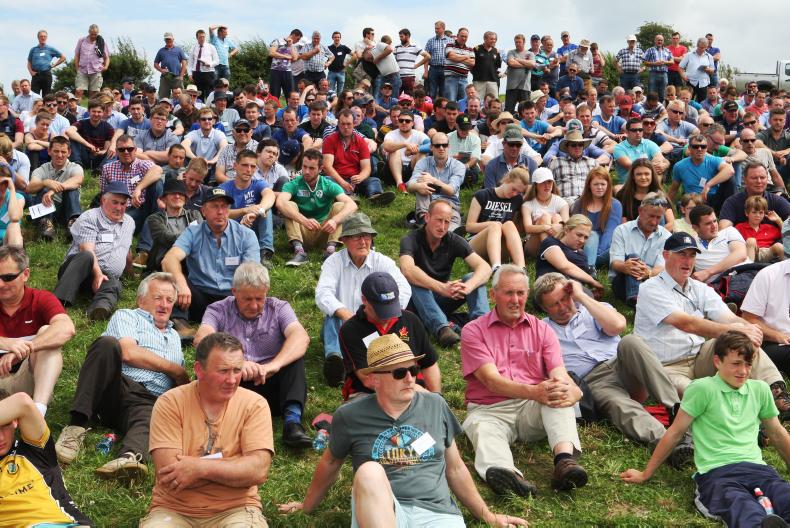“It’s amazing what you can learn from ordinary farmers, if your mind is open.” This was Wicklow farmer John Kelly’s advice to the 220 students gathered at the Irish Grassland Association’s student conference sponsored by FBD at Kildalton agricultural college on Monday.
In his own words, Kelly has had a diverse career to date. He said that he finally has clarity with what he wants to do – but it didn’t come easy. Sheep were his enterprise of choice, not because he had a huge interest in them – it was simply down to the fact they were cheap to get into.
Kelly told students that he couldn’t get enough of grass measurement
He immediately set about trying to improve and joined the Teagasc sheep BETTER farm programme. As this put pressure on him to deliver, he discovered he had a passion for grass measurement and ended up doubling production from the same ground before converting to dairy.
Kelly told students that he couldn’t get enough of grass measurement and the correlation between grass, milk or meat production and profit is the most important performance indicator to focus on.
Autumn and spring grass focus
This provided a relevant lead-in for the next speaker, Micheál O’Leary of PastureBase Ireland. One of his key points was that data is most useful in spring and autumn, when grass is at its lowest levels of production.

A key point of his was that the closing-off date in autumn will influence the dry-matter cover the following spring. Attendees were told that each week’s delay in closing in autumn reduces spring grass accumulation by 77kg DM/ha.
Data collected by PastureBase has shown a large disparity in terms of the amount of grass grown in spring
Data collected by PastureBase has shown a large disparity in terms of the amount of grass grown in spring. The top farms are producing 1.7t DM/ha, with others only growing 0.3t DM/ha between 1 January and 10 April. O’Leary stressed that there was no point measuring grass and collecting data if you weren’t going to use it.
Soil potential
Also speaking on the day was Dr David Devaney, of Kildalton Open Source Sustainable Farm.
He gave a run-down on some of the research findings and challenges faced by farms.
Milk cooling is the largest consumer of electricity, at 37% at farm level. Dr Devaney told the students that only 10% of soil samples put through Teagasc in 2015 had optimum soil P and K levels, undermining grass growing potential.

In the afternoon, students got to see the Department of Agriculture’s herbage trials that are taking place at Kildalton. They also had the opportunity to visit various stands on the three main grass enterprises, dairy, beef and sheep on the farm.
Read more
Increasing grass production on heavy land in Tyrone
“It’s amazing what you can learn from ordinary farmers, if your mind is open.” This was Wicklow farmer John Kelly’s advice to the 220 students gathered at the Irish Grassland Association’s student conference sponsored by FBD at Kildalton agricultural college on Monday.
In his own words, Kelly has had a diverse career to date. He said that he finally has clarity with what he wants to do – but it didn’t come easy. Sheep were his enterprise of choice, not because he had a huge interest in them – it was simply down to the fact they were cheap to get into.
Kelly told students that he couldn’t get enough of grass measurement
He immediately set about trying to improve and joined the Teagasc sheep BETTER farm programme. As this put pressure on him to deliver, he discovered he had a passion for grass measurement and ended up doubling production from the same ground before converting to dairy.
Kelly told students that he couldn’t get enough of grass measurement and the correlation between grass, milk or meat production and profit is the most important performance indicator to focus on.
Autumn and spring grass focus
This provided a relevant lead-in for the next speaker, Micheál O’Leary of PastureBase Ireland. One of his key points was that data is most useful in spring and autumn, when grass is at its lowest levels of production.

A key point of his was that the closing-off date in autumn will influence the dry-matter cover the following spring. Attendees were told that each week’s delay in closing in autumn reduces spring grass accumulation by 77kg DM/ha.
Data collected by PastureBase has shown a large disparity in terms of the amount of grass grown in spring
Data collected by PastureBase has shown a large disparity in terms of the amount of grass grown in spring. The top farms are producing 1.7t DM/ha, with others only growing 0.3t DM/ha between 1 January and 10 April. O’Leary stressed that there was no point measuring grass and collecting data if you weren’t going to use it.
Soil potential
Also speaking on the day was Dr David Devaney, of Kildalton Open Source Sustainable Farm.
He gave a run-down on some of the research findings and challenges faced by farms.
Milk cooling is the largest consumer of electricity, at 37% at farm level. Dr Devaney told the students that only 10% of soil samples put through Teagasc in 2015 had optimum soil P and K levels, undermining grass growing potential.

In the afternoon, students got to see the Department of Agriculture’s herbage trials that are taking place at Kildalton. They also had the opportunity to visit various stands on the three main grass enterprises, dairy, beef and sheep on the farm.
Read more
Increasing grass production on heavy land in Tyrone














SHARING OPTIONS